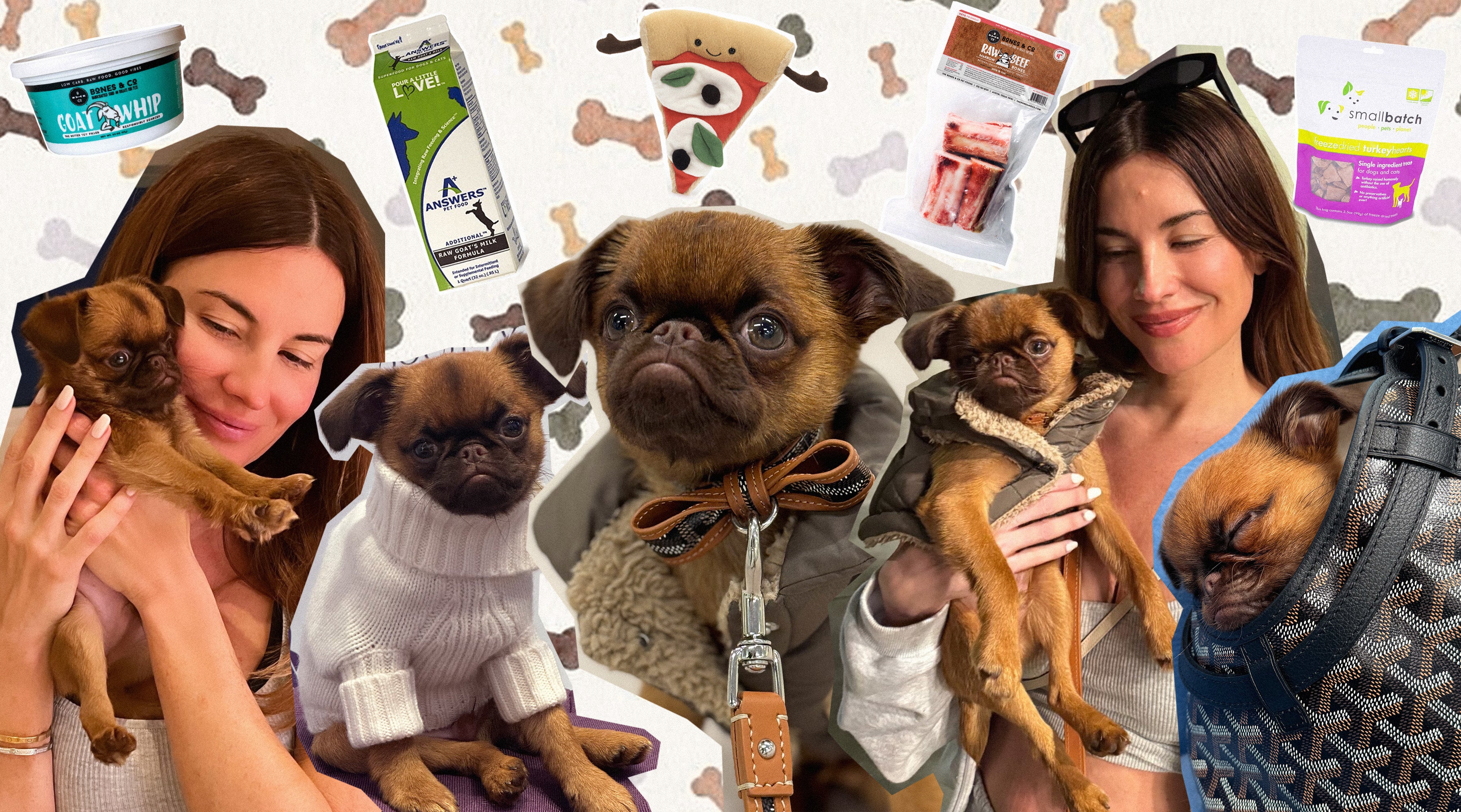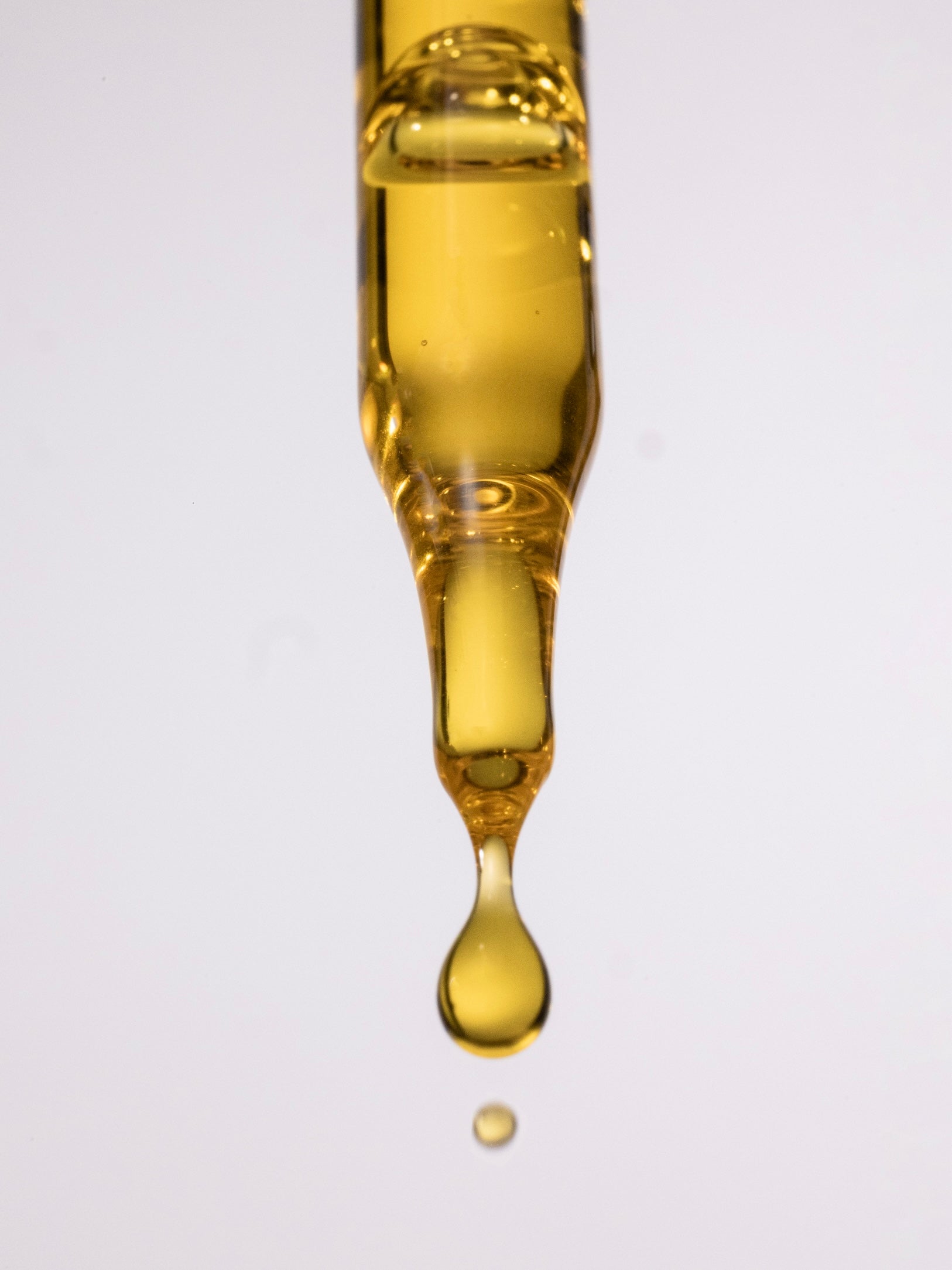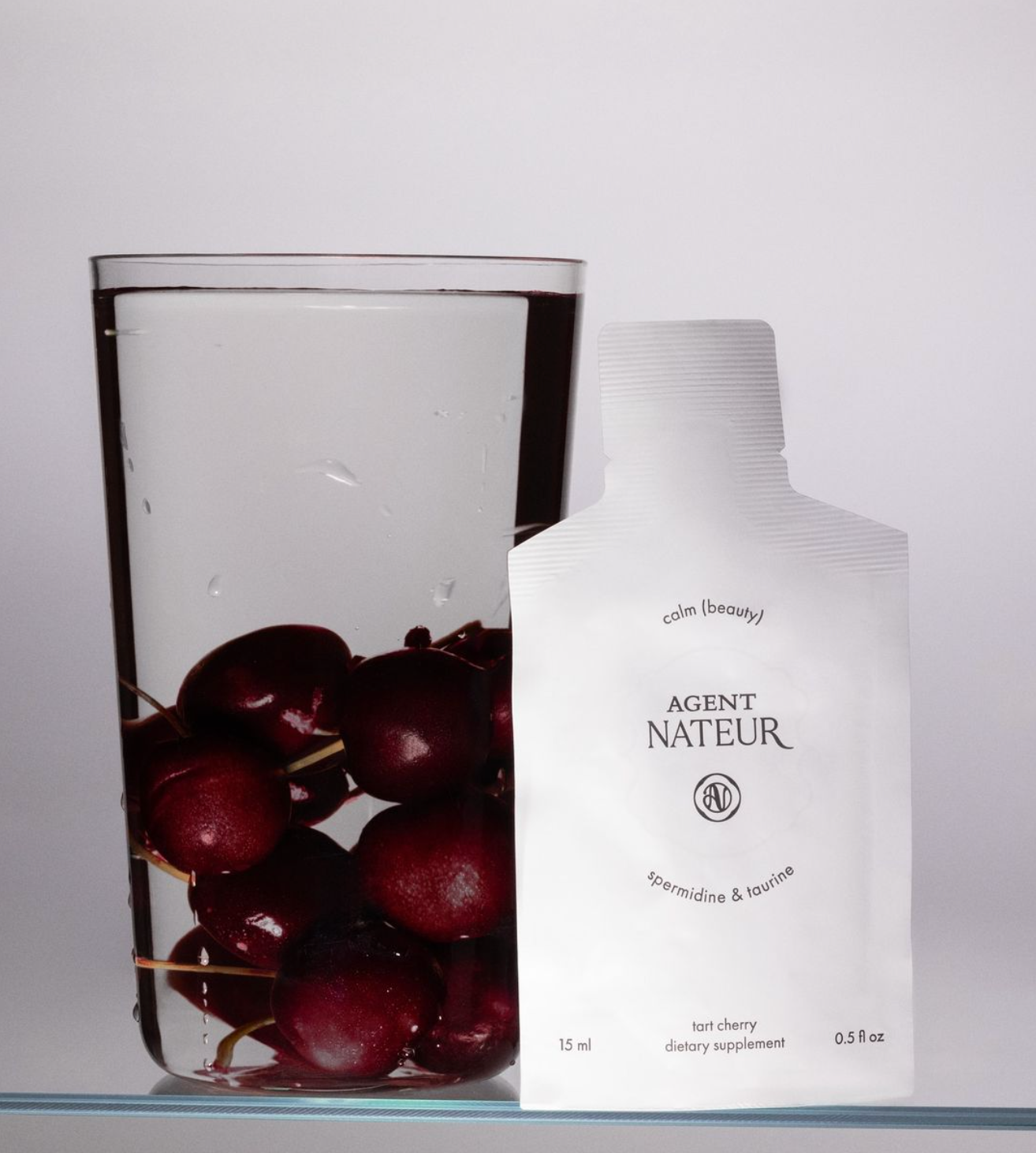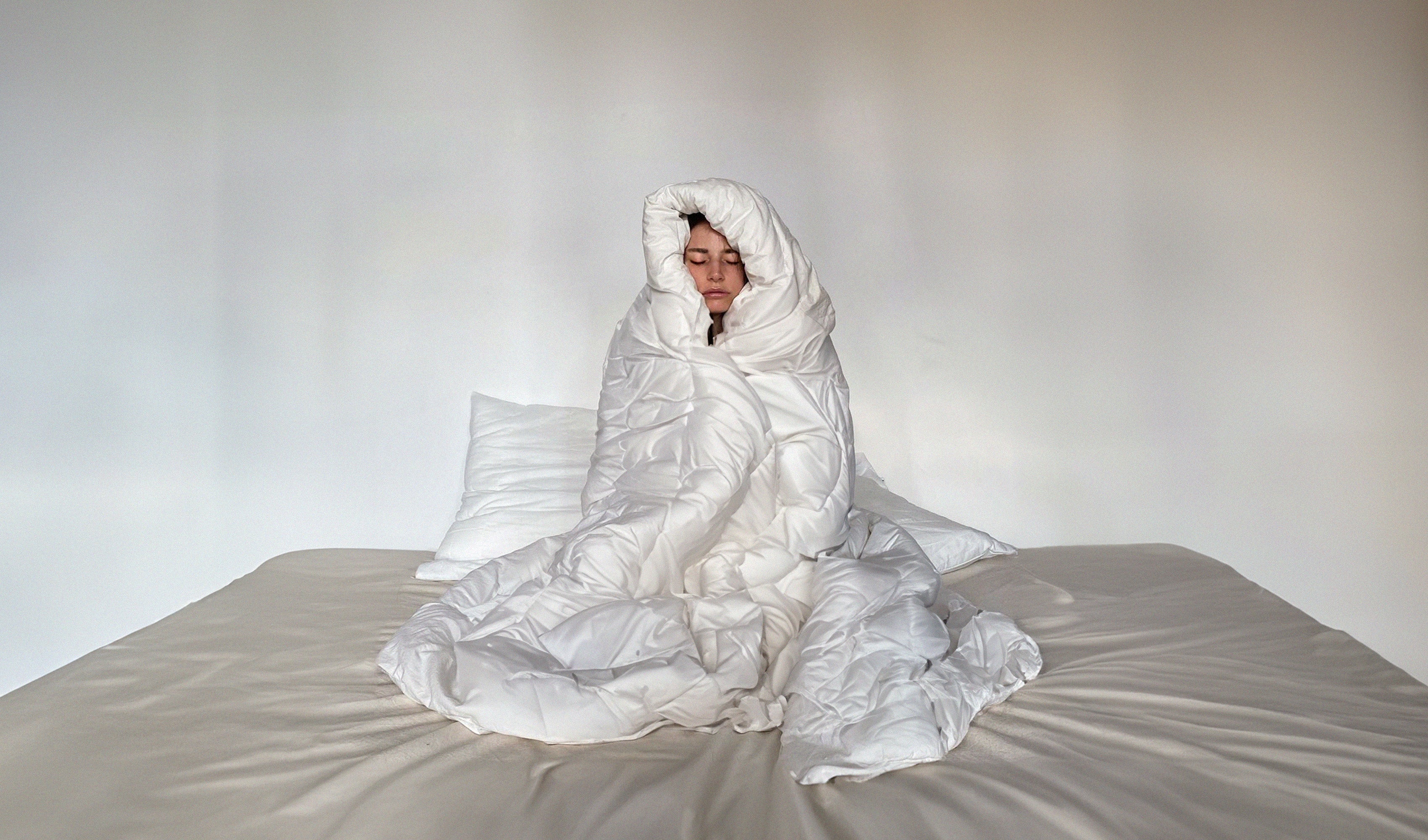HOLISTIC DOG WELLNESS

Jena’s guide to dog wellness. From toxic toys and steroids, to skin issues, dental problems and digestive complications for dogs, Jena talks us through alternative practices, nutrition and treatments to provide a holistic and healthy approach to canine care.
We’d do anything for our pets, right? But how can we really know what’s best for them, who is best qualified to assess or treat them, and how can we really tune in to their needs? When you are totally responsible for another creature, there are major decisions to make. Even before you bring them home for the first time, you are planning, envisioning lifestyle, food choices, stages of development, what care will be needed, and what you’d do if they got sick.
I’ve been on a huge journey with my pets, and I've learned so much over the last few years, back from when I had my cat Farrah Joon to now, with my puppy Federico. I keep getting asked to share what’s worked for me (and them), and why I made the choices I did, and still do. So here’s what I’ve learned and what I get asked most - and I hope it helps you to give your fur baby the best life.
H O L I S T I C P E T C A R E
Why take a holistic approach?
I take a holistic approach to Federico’s wellness to optimize his health and wellbeing. This involves harmonizing the physical, emotional and environmental factors. We visit Dr Audra MacCorkle at Healing Touch Vets, Sherman Oaks where they are experts at treating the whole animal, using integrative veterinary medicine which combines conventional practices with a range of complementary therapies such as acupuncture, physical therapy, herbal medicine, massage, and using energy to heal.
I first brought my cat Farrah Jooon to Dr Audra many years ago because she was licking excessively on her tummy and had some issues with her eyes - but we completely avoided eye surgery, her eyes got better (this after an ophthalmologist told me her eyes wouldn't get better) and cleared up her skin problems too.
H E A L T H, W E L L N E S S & D I E T
Do pets need a raw diet? What’s wrong with regular dog food?
I give Federico home cooked meals, so I know exactly what he’s eating and can be sure that it’s fresh and healthy. Years ago we had no idea quite how unsuitable many commercial foods could be for cats and dogs. Kibble, for example, is very dry, is made with preservatives and has excess carbs which lead to unnecessary weight gain. The heating process used to manufacture it means it’s hard for dogs to digest and they can end up with digestive issues. So I really do believe that fresh is best and even better is fermented meat, because it contains enzymes which reduce inflammation and create a healthy gut. For Federico’s meats and treats, I’ve found these two brands to be the best: Steve’s Real Food and Small Batch. But you need to find out which foods are best for your own pet. Even with fresh protein, it’s not always straight-forward. I was surprised to discover my cat was allergic to salmon and tuna, so I’m really glad we got her tested and that she could be put onto alternative protein sources - in her case I gave her raw beef from A+ Answers.
If you need recipe advice or want to know more about what food is best for your dog, I’m a big fan of Rodney Habib and Dr Karen Becker - check out their homemade dog food recipes on Youtube, and the advice they offer on pet food for better health and a longer life, including what to avoid and how to tell how much a pet food has been processed. Their book, The Forever Dog Life, contains 120 recipes and tips for creating a sustainable lifestyle and environment to give your dog a happier, healthier and longer life.
When I did my podcast with Dr Audra and her colleague, Jade - who was the nutritionist at Healing Touch, we covered a lot of health issues that can be avoided with a tailored nutrition plan that cuts out some of the more popular commercially prepared pet foods. She reminded us that years ago, out in the wilds, these animals would have hunted for meat but not for cooked, bleached rice! Jade’s advice is always: Diet is the foundation. Like with humans, you have to start with nutrition first. The nutrition needs to be optimal before you can start healing cells.
To eat: On a typical day, Federico will eat two to three small meals a day with healthy treats for training and being a good boy. I make home cooked meals, such as organic ground turkey (from Small Batch) with lightly sauteed veggies such as sweet potato, zucchini, broccoli and carrots - which actually contain more nutrients if you leave them out overnight and grind them before serving. I also include bone broth in his diet as it’s a powerful supplement which is not only an anti-inflammatory but aids the healthy development of the structure and strength of his bones. This bone broth from Bones & Co is made from just three ingredients - bones, apple cider vinegar and water - and gives Federico a nutritional boost when he needs it the most. I also give him these Turkey Batch Sliders which are packed with natural ingredients, and his favorite fruit treats are blueberries and watermelon.
When it comes to protein, especially meats, you have a few choices. Personally, I avoid giving Federico chicken because it creates phlegm. My vet Dr Audra follows Chinese medicine and tests all of her patients’ blood to determine which meat is best, based on avoiding “hot” foods and sticking to medium and cold meat. This isn’t temperature, it’s based on TCM. But the one meat she always avoids recommending is chicken. It’s worth making sure you wash dog bowls between meals so that the smell of any leftover food isn’t around to trigger digestive juices during fasting hours.
Treats: I only give Federico raw treats that originate from one source since they aren’t processed. He loves this raw frozen goat whip from The Bones & Co - a low carb superfood suitable for cats or dogs which is great for digestion too, and these Turkey Heart treats from Small Batch. I also give him raw bison bones - raw bones are best for their teeth and for tartar control. If you buy raw beef bones, do make sure they’re organic, kosher or halal, or from New Zealand as the regular bones from the USA are filled with heavy metals so avoid, avoid, avoid. My go-to suppliers for safe and healthy raw bones are Tuckers and The Bones & Co. I also make my own healthy treats for him at home - he loves frozen pops, which I make from raw blueberries and goat milk.
To drink: Federico has water and occasionally some goat's milk. We’ve written several blog posts highlighting our concerns about what comes out of the taps in our homes, and my concerns are no different for Federico. I wouldn’t dream of giving him a bowl of tap water to drink - I always go with Voss or Path bottled water - and I take a bottle with me when I leave the house to make sure he can have a drink at the park. If we're at a restaurant I ask for bottled water and avoid ice for him and for me!
Goat's milk is also a great choice. It’s easier to digest than cow’s milk, which reduces the risk of digestive issues like bloating, diarrhea or gas and contains calcium, vitamins and electrolytes. This frozen raw goat milk from A+ Answers is a great choice.
Supplements and Meds: depending on the age of your pet, I’ve found that some supplements can help - particularly when they’re older but on the whole, puppies and kittens may not need vitamin supplements. A new anti-aging drug for dogs is being developed by Loyal, a San Francisco-based company. While it still has to undergo trials, the injection-based treatment is designed to slow down the aging process by targeting certain hormones. It’s getting closer to FDA approval and I look forward to seeing what happens next.
Dental care: As I mentioned earlier, raw bones are great as a treat and for dental care too. If your dog is gnawing on bones, you don’t really need to brush their teeth. But on other days I make sure I keep Federico’s teeth tartar-free and bright white with VF Bio-Dent, an oral and bone health supplement. He actually likes getting his teeth brushed and has his own toothpaste - from Healthy Mouth - which I like because it contains no synthetic, artificial ingredients or alcohol. Our vet never gives anesthesia during dental cleanings - make sure yours doesn’t either.
T H E H O M E E N V I R O N M E N T
What’s the best way to adapt our homes when we get a dog?
Comfort and safety: My puppy needed a safe and comfortable area while he settled in, and - equally importantly - plenty of my time. I created a soft, cozy area, tried to keep noises down and talked to him so he could get used to all the new sights, smells and sounds.
Hidden toxins: Beware of hidden toxins in cleaning products and room scents. Read the back of those bottles when you’re shopping so you can choose natural cleaning products. Avoid ingredients like ammonia - this can cause all sorts of problems with dogs when they breathe it in - eyes, nose, throat, lungs. Your dog is likely to lick areas that you’ve disinfected, and this can cause them to develop chronic conditions - so again, switch to a non-toxic alternative.
Calm: They definitely pick up the vibe if we humans are stressed, easily picking up on our moods. We’ve all had that pet that stayed with us on the bed when we got sick, right? That’s because they instinctively know when we’re ill and sometimes they try to heal us too. So to give your pet a calm living space, be aware of your own moods as well as the environment.
Sounds: Sound healing is a perfect way to soothe our pets’ and our own senses. They really do like gentle noise and music and it’s fun finding out what your pet likes to listen to - I’ve had a few hits and misses! Federico is a huge fan of Frank Sinatra, Sade, Julio Iglesias, relaxing r’n’b, and hertz music. When I play high vibrational frequency music and positive lyrics it shifts the energy in our environment. If you’ve never tried playing Hz music, or ambient sounds, binaural beats and high vibrational music, give it a try and see how calming it is for you and your pet. I created a soothing and calming Healing Hertz playlist and Federico seems to really zone out and meditate to those gentle rhythms and energies.
R O U T I N E S
Should we take our dogs everywhere with us? What’s best for them each day?
Company: Of course when they’re puppies or if we adopt or take in an older dog, they need someone with them for a large part of the day to help them feel safe and confident. They also benefit from meeting other humans and (especially) dogs to socialize and play with.
Beware of the heat: If you’ve ever set foot on the sidewalk in the middle of a summer’s day, you’ll know just how hot it can get. In the warmer months it’s a good idea to plan your dog walks early in the morning and later in the evening, but you can check if the sidewalk is too hot for their paws by testing the paving stones with the back of your hand for 5-7 seconds. Some dogs do struggle in the heat, especially if they’re small like Federico or have a flat face, like Rocco, my friend Zizi’s Frenchie, who can find it hard to breathe in enough air to cool down by panting, or have thicker, heavier coats which trap the heat - they are all more susceptible to overheating and may also need plenty of water on their walk.
Exercise and Play: Dogs and cats are in need of daily exercise - whether that includes regular walks, playtimes or pretend hunting, catching and running. And don’t rush the walk - time spent investigating, sniffing and thinking is the stimulation they need and is just as beneficial for them getting their steps in. Avoid cheap toys that can contain poisons - it is so scary what’s out there. Take tennis balls - designed for human sport so they don’t have to be dog-safe. But they may contain fiber-glass, lead, and toxic glues. Federico loves these cute toys from Jellycat!
Downtime: Our pets regenerate when they’re resting as well as recharging their batteries. Long sleeps and even huge naps aren't actually that extraordinary, especially if they’ve had a satisfying meal and lots of stimulating play or exercise.
T R E A T M E N T S, T H E R A P I E S & T H O S E V I S I T S T O T H E V E T
What do you need to know when looking for a vet?
First impressions really do count here. Is it welcoming, friendly, comfortable, light, is there music playing, does it ‘feel’ good? Are the other owners and animals in the waiting area calm and settled? When Dr Audra designed her practice she wanted the energy to be positive and healing so she removed energy grid lines and chose calming music to help owners and pets relax - and sometimes even meditate - while they were in the waiting and treatment areas. I’ve found going to the vet can be a beautiful experience, and we come back relaxed and positive.
Find a vet that does acupuncture, has a hyperbaric chamber and homeopathic treatments as your pet ages. Do your research - find out what therapies are offered and how the practitioners feel about holistic pet care, when to use traditional methods, what their experience is and what their qualifications are. There should be a ‘meet the team’ and bios on the website for the people you want to trust with your pet.
What alternative treatments and therapies would I recommend and are there any conventional treatments I’d avoid?
Neutering considerations:
Neutering is optional so it’s important to weigh up the pros and cons specifically for your pet. I won’t be neutering Federico because he needs his testosterone and neutering can cause premature arthritis and lethargy and other health issues. However, when you don't neuter you can increase the chances of testicular cancer. Cryptorchid (undescended) testicles do have a higher rate of cancer so it can be worth considering a partial neuter. It’s also possible to get a vasectomy.
Vaccine considerations:
Work with a holistic vet that gives vaccines but according to your dog's size. Give vitamins A and C both before and after vaccines. If you give a rabies vaccine do make sure there is no thimerosal, a controversial mercury-based preservative used to prevent bacterial and fungal growth. After a vaccine, give thuja - a homeopathic medicine that can help with skin conditions and is also used to treat problems caused by the rabies vaccine - such as tumors forming at the site of the injection as they contain toxins which can even alter the DNA and then get passed on to their offspring.
Do your research or have this discussion with your vet if you need more advice. I think some vets rush into giving steroid injections - particularly for joint problems - when sometimes an alternative therapy and supplements can help reduce the inflammation.
Alternative pet therapies that I would endorse include:
- massage
- acupuncture
- hyperbaric chamber oxygen therapy - this helps with healing as it enhances delivery of oxygen to tissues and organs.
- ozone therapy which is an effective anti-inflammatory treatment which helps the body to heal and decreases pain and swelling.
- LED light therapy is popular these days - and helps with pain and stiffness.
If your pet is sick or recovering from an operation, you may even be able to do some of these treatments at home, such as light therapy, to support them in their recovery. Again, speak to your vet and find out what is best for your pet.
We wouldn't want to give them anything less.





